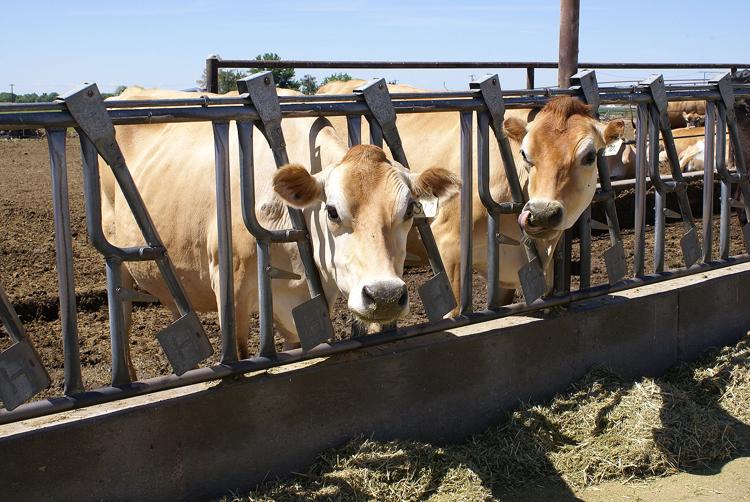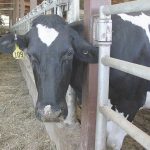
The process started early in 2019 when Farm Bureau delegates requested the formation of a grassroots task force to examine the Federal Milk Marketing Order system and develop recommendations to modernize it.
Delegates approved those recommendations in early 2020 and planned to release the proposals in March. But the COVID-19 pandemic took priority, and the release was delayed until just recently.
“We were finally able to come back up for air,” John Newton, AFBF’s chief economist, said.
While the effort preceded the pandemic, “the volatility we’ve seen in cheese prices has brought renewed attention to reform in federal orders,” he said.
The recommendations address a few high-level issues, including the voting process in federal orders and price discovery, he said.
Farm Bureau’s policy supports a voice and a vote for dairy farmers during federal order rulemaking, he said.
Currently, only independent dairy farmers are allowed to cast individual ballots. Cooperatives can allow their members to vote independently, but they lose their ability to bloc vote on behalf of their non-participating members.
Farm Bureau supports allowing modified bloc voting, which would allow cooperative members to vote individually while allowing cooperatives to cast ballots for producers who choose not to cast an individual vote.
The recommendations also include enhancing price discovery. Current milk pricing is based on survey prices for four dairy commodities — cheddar cheese, butter, nonfat dry milk and dry whey. But many products and ingredients aren’t surveyed, he said.
USDA data reveals less than 10% of the milk solids produced in the U.S. are included in the survey.
Expanding price discovery to more products would bring a better understanding of what the value of milk truly is, he said.
That can be done within the current surveyed commodities, such as changing specifications to get more cheddar cheese in the survey, or expanding outside the current survey to include such products as mozzarella cheese, he said.
Other recommendations are aimed at better risk sharing between producers and processors, he said.
One issue in that arena is make allowances, which are meant to cover processors’ manufacturing costs and effectively come out of the milk payment to producers. They are currently fixed by milk class across federal orders and represent about $4 billion a year, he said.
“Having a fixed processing cost doesn’t reflect the different types of operations out there or encourage efficiency,” he said.
Dairy farmers say processors “are always trying to find a way to cut costs to be profitable, yet the plants have a guaranteed make allowance,” he said.
The first priority is to amend the Agricultural Marketing Agreement Act to allow modified bloc voting to give farmers a seat at the table. Then they can sit down at the table and make decisions on federal order reform, he said.

























